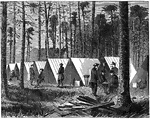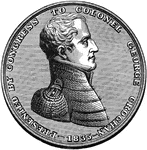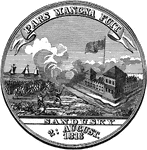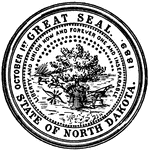
Seal of North Dakota
The Great Seal of the State of North Dakota. The seal depicts a tree, wheat, a plow, and a Native American…
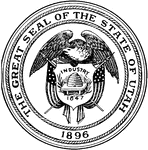
Seal of Utah
The Great Seal of the State of Utah, 1896. The seal shows a bald eagle holding a shield. The shield…
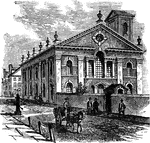
Lutheran Church, Philadelphia
The Lutheran Church in Philadelphia that Congress met at to "return thanks to the Almighty God for crowning…
British Works at Yorktown
The Siege of Yorktown or Battle of Yorktown in 1781 was a decisive victory by a combined assault of…

The Yorktown Monument
Yorktown was the base of British General Charles Cornwallis during the 1781 siege, which was the last…
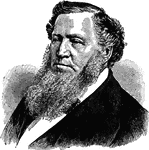
Brigham Young
Brigham Young (June 1, 1801 – August 29, 1877) was an American leader in the Latter Day Saint movement.…
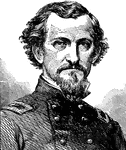
Felix Kirk Zollicoffer
Felix Kirk Zollicoffer (May 19, 1812 – January 19, 1862) was a newspaperman, three-term United States…

Ellsworth Zouave
Zouave was the title given to certain infantry regiments in the French army, normally serving in French…
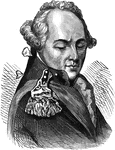
Frederick Adolph Riedesel
Riedesel was the commander of a regiment of soldiers from the Duchy of Brunswick (Braunschweig) among…
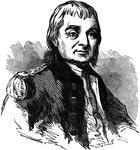
Beverly Robinson
Beverly Robinson was a military officer born in Virginia in 1764 who fought in the American Revolution.

Commodore John Rodgers
John Rodgers was an American naval officer who served in the United States Navy from its organization…
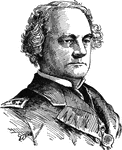
Rear Admiral John Rodgers
John Rodgers (8 August 1812 – 5 May 1882) was an admiral in the United States Navy.
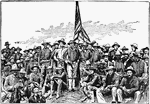
Roosevelt and the Rough Riders
Theodore Roosevelt organized and helped command the 1st U.S. Volunteer Cavalry Regiment – the Rough…
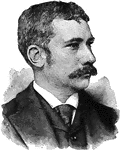
Elihu Root
Elihu Root (February 15, 1845 – February 7, 1937) was an American lawyer and statesman and the…
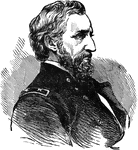
William Starke Rosecrans
William Starke Rosecrans (September 6, 1819 – March 11, 1898) was an inventor, coal-oil company…
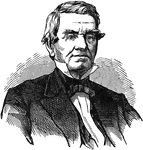
John Ross
John Ross (October 3, 1790 - August 1, 1866), also known as Kooweskoowe - a mythological or rare migratory…
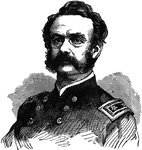
Lovell Harrison Rousseau
Lovell Harrison Rousseau (August 4, 1818 – January 7, 1869) was a general in the United States…
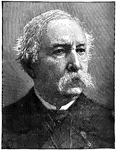
Stephen Clegg Rowan
Stephen Clegg Rowan (1808 – 31 March 1890) was an admiral in the United States Navy who served…

Count Rumford
Sir Benjamin Thompson, Count Rumford (26 March 1753 – 21 August 1814) was an Anglo-American physicist…

Sackett's Harbor in 1812
The Battle of Sackett's Harbor took place on May 29, 1813, during the Anglo-American War of 1812.
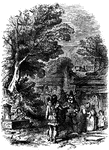
Samoset in the Streets of Plymouth
Samoset (ca. 1590 – 1653) was the first Native American to make contact with the Pilgrims.
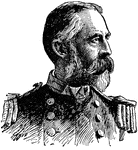
William Thomas Sampson
William Thomas Sampson (9 February 1840 – 6 May 1902) was a United States Navy admiral known for…
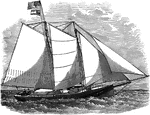
The Savannah, Confederate Privateer
The Confederate privateers were privately owned ships that were authorized by the government of the…
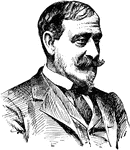
Winfield Scott Schley
Winfield Scott Schley (9 October 1839 - 2 October 1911) was an admiral of the United States Navy.
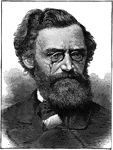
Carl Schurz
Carl Schurz (March 2, 1829 – May 14, 1906) was a German revolutionary, American statesman and…
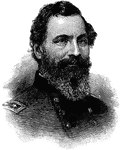
General John Sedgwick
John Sedgwick (September 13, 1813 – May 9, 1864) was a teacher, a career military officer, and a Union…
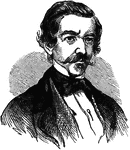
Raphael Semmes
Raphael Semmes (September 27, 1809 – August 30, 1877) was an officer in the United States Navy…
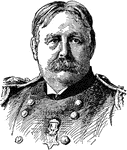
William Rufus Shafter
William Rufus Shafter (October 16, 1835 – November 12, 1906) was a Union Army officer during the…

Sherman and His Generals
William Tecumseh Sherman served as a General in the Union Army during the American Civil War (1861–65).…
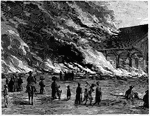
Sherman's Troops Burning a Railroad Station
William Tecumseh Sherman served as a General in the Union Army during the American Civil War. Here his…
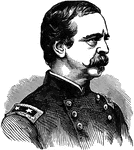
Daniel Edgar Sickles
Daniel Edgar Sickles (October 20, 1819 – May 3, 1914) was a colorful and controversial American…

Franz Sigel
Franz Sigel (November 18, 1824 – August 21, 1902) was a German military officer and immigrant to the…
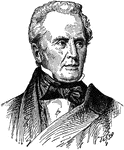
Benjamin Silliman
Benjamin Silliman (8 August 1779 – 24 November 1864) was an American chemist, one of the first American…
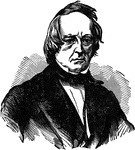
John Slidell
John Slidell (1793 – July 26, 1871) was an American politician, lawyer and businessman.
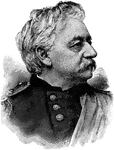
Henry Warner Slocum
Henry Warner Slocum (September 24, 1827 – April 14, 1894), was a Union general during the American…
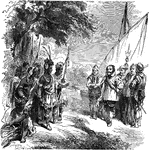
Smith's Meeting with Powhatan
The meeting between Capt. John Smith, founder of the Virginia colony, and Powhatan, the chief of the…
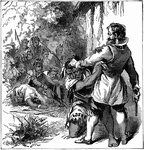
Smith Subduing Powhatan
The meeting between Capt. John Smith, founder of the Virginia colony, and Powhatan, the chief of the…
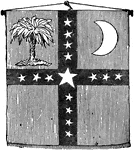
South Carolina Flag
On the day that South Carolina proclaimed sovereignty, a banner for the new state was adopted.
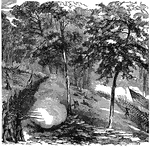
Battle of South Mountain
The Battle of South Mountain (known in several early Southern accounts as the Battle of Boonsboro Gap)…

The Sayre House
The Sayre House in Southampton, New York which was occupied by the British during the Revolutionary…

Scene of Sedgwick's Death
John Sedgwick (September 13, 1813 – May 9, 1864) was a teacher, a career military officer, and…

Spotsylvania Courthouse
The Battle of Spotsylvania Court House, sometimes simply referred to as the Battle of Spotsylvania,…

Bloody Angle of Spotsylvania
The angle between the Union II and VI Corps became known as the "Bloody Angle of Spotsylvania", where…
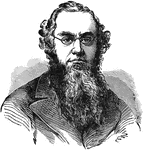
Edwin McMasters Stanton
Edwin McMasters Stanton (December 19, 1814 – December 24, 1869) was an American lawyer, politician,…

The Star of the West
The Star of the West was a civilian ship hired by the United States government to transport…

Fitch's Steamboat
John Fitch (January 21, 1743 – July 2, 1798) was an American inventor, clockmaker, and bronzesmith…
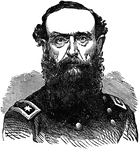
Frederick Steele
Frederick Steele (January 14, 1819 – January 19, 1868) was a career military officer in the United…

Alexander Hamilton Stephens
Alexander Hamilton Stephens (February 11, 1812 – March 4, 1883) was an American politician from Georgia.…
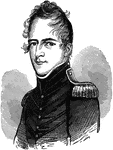
Major George Croghan
George Croghan (15 November 1791 – 8 January 1849) and fought in the War of 1812 and the Mexican-American…
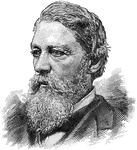
General George Stoneman
George Stoneman, Jr. (August 22, 1822 – September 5, 1894) was a career United States Army officer,…
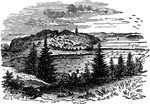
Stony Point
The Battle of Stony Point was a battle of the American Revolutionary War. Here is a view of Stony Point…
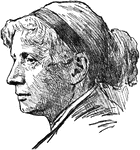
Harriet Elizabeth Beecher Stowe
Harriet Beecher Stowe (June 14, 1811 – July 1, 1896) was an American author and abolitionist,…
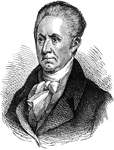
Gilbert Charles Stuart
Gilbert Charles Stuart (born Stewart) (December 3, 1755 – July 9, 1828) was an American painter…
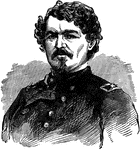
Samuel Davis Sturgis
Samuel Davis Sturgis (June 11, 1822 – September 28, 1889) was an American military officer who…

Red-Legged Seriema
The Red-Legged Seriema (Cariama cristata) is a predatory terrestrial bird in the Cariamidae family of…

